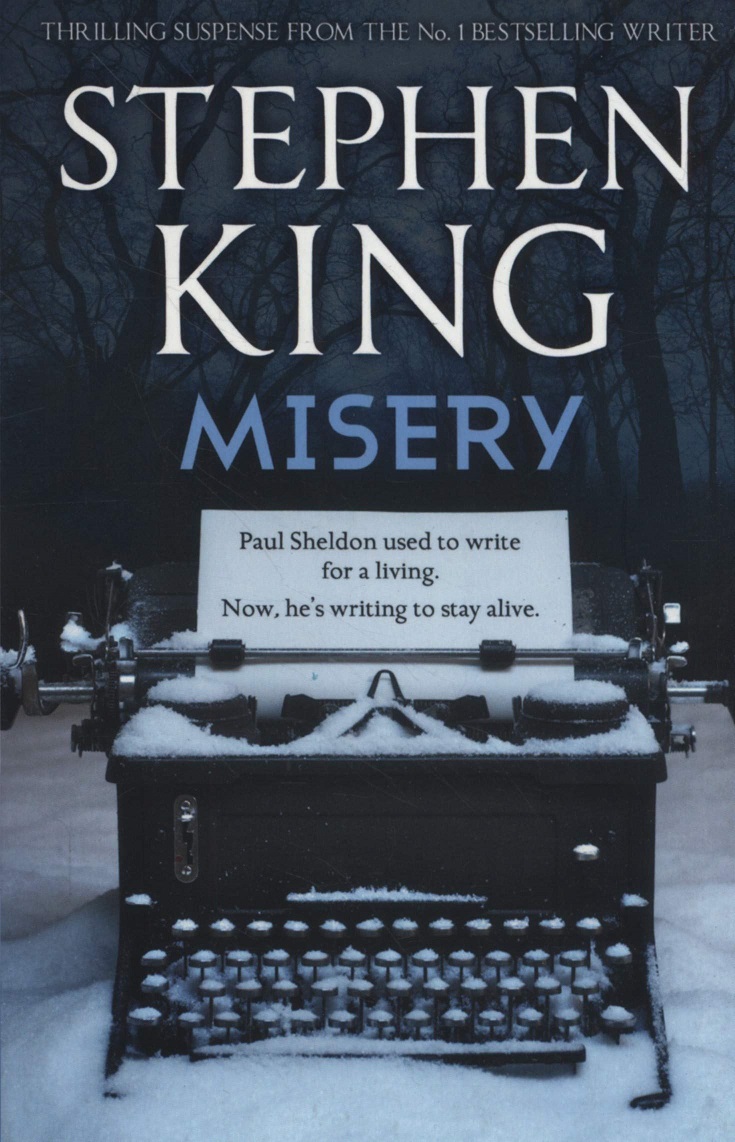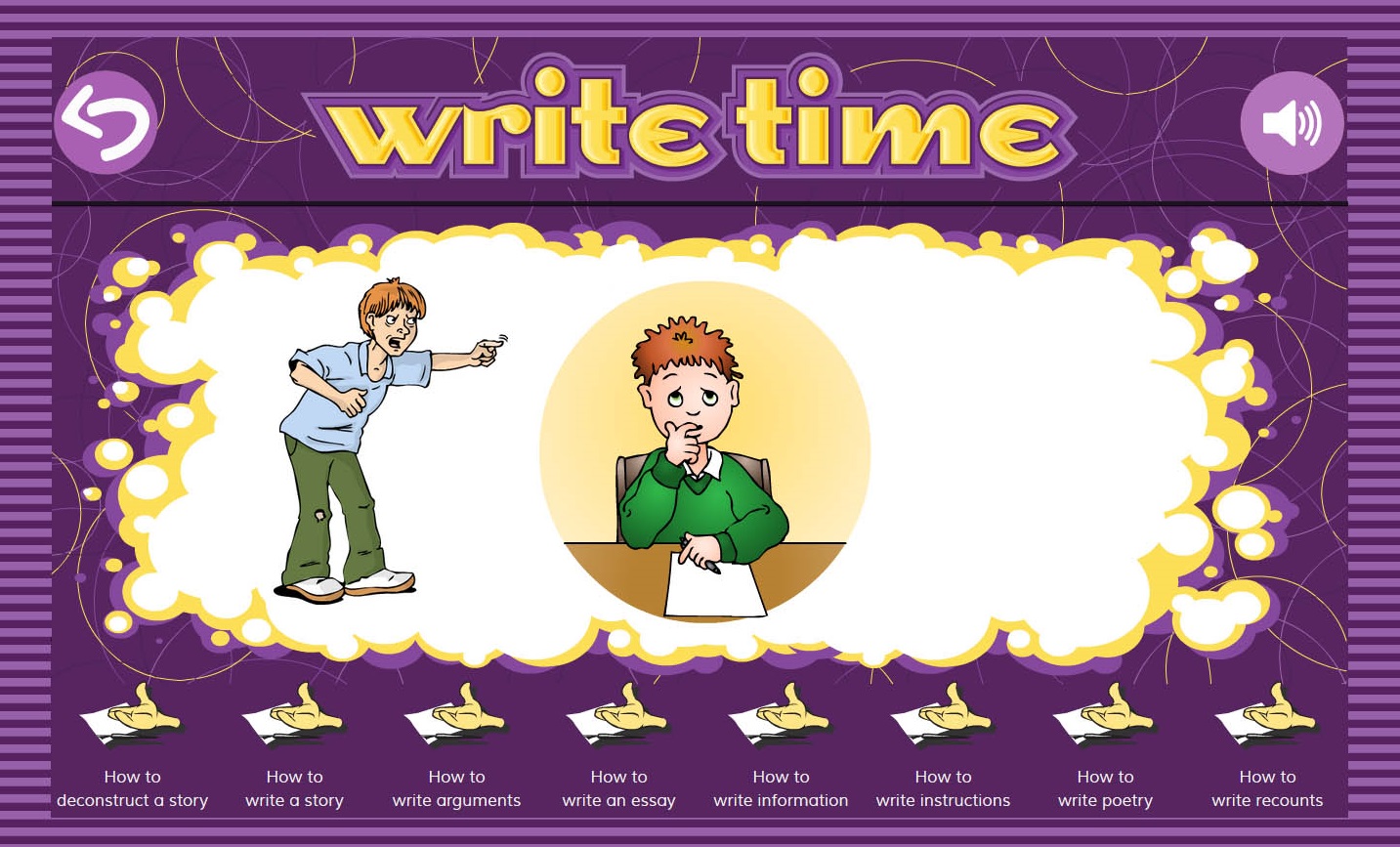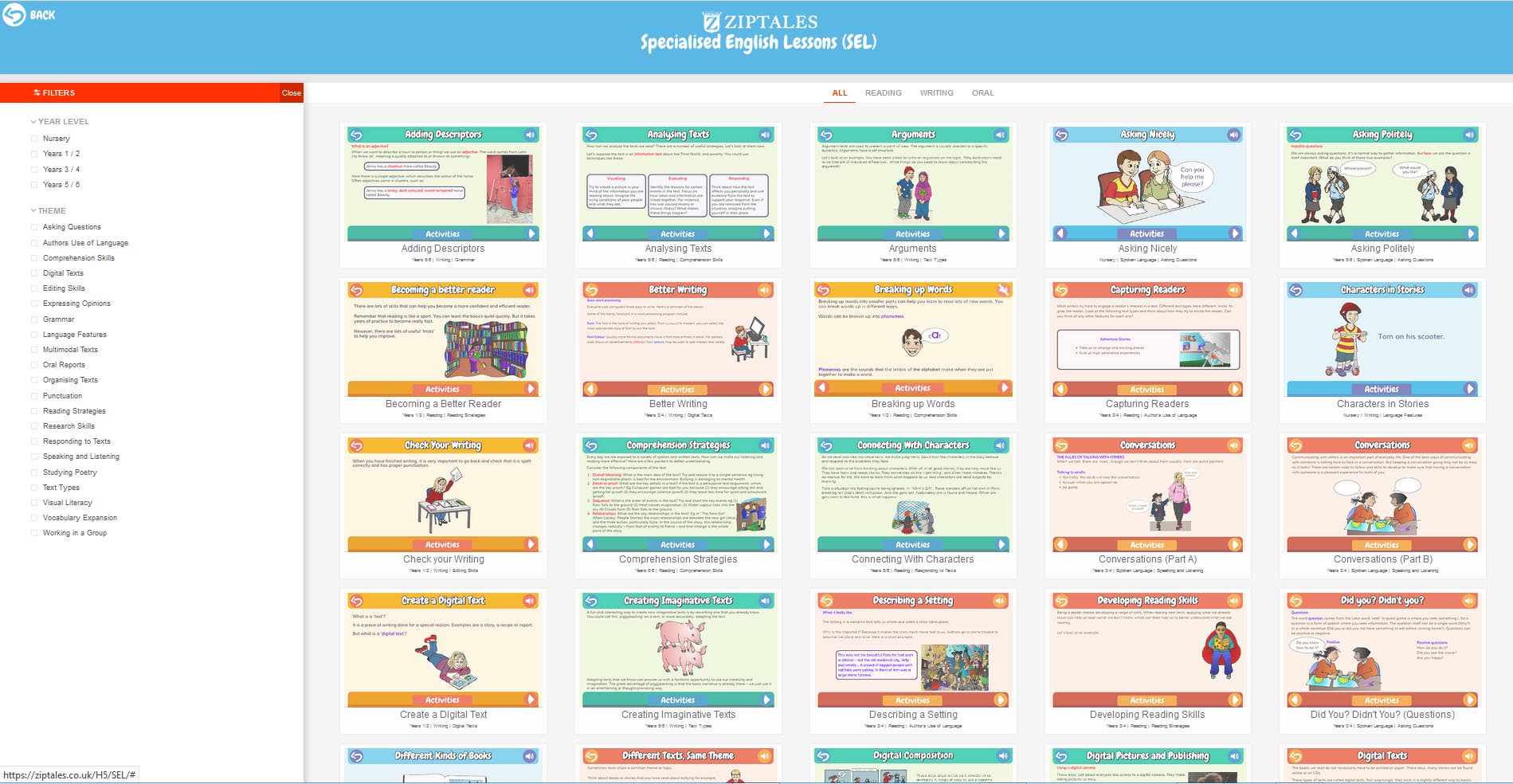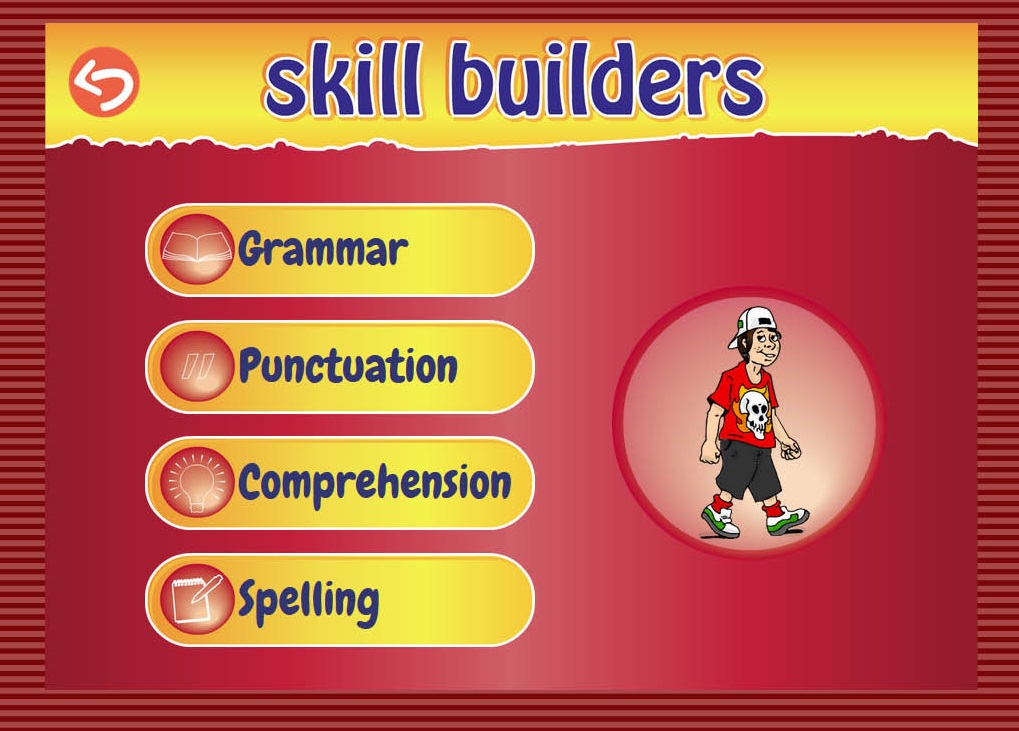

In the early 80s, Stephen King was flying from America to England. On the way over, he had a dream about a writer taken prisoner by an obsessive fan.
The minute he got to his hotel in London, he wanted to get down notes about the concept before the whole scenario was forgotten. He needed a place to write in silence. The concierge directed him to Kipling’s desk, on the second floor lounge, a beautiful wooden antique which the hotel had purchased as a special exhibit.
King did his writing – expanding on the ‘problem situation’ that he had conceived as the seed of the novel. The treatment ran to 16 pages of longhand – the beginning of what would become Misery. Afterwards, he thanked the concierge, who said,
‘“I’m glad you enjoyed it.” He was wearing a misty, reminiscent little smile, as if he had known the writer himself. “Kipling died there, actually. Of a stroke. While he was writing.”’
It’s a detail worthy of a King novel. Spooky and apt to the story King was beginning to craft. Spoiler alert, if you haven’t read Misery. Paul Sheldon escapes from his crazy fan, only just, of course, and rekindles his love of writing.
***Teaching narrative is one of the key concepts in the literacy classroom. We could probably sum up the options in this way:
Ziptales has a wealth of material for teaching the craft of writing.
The pre-eminent module is Write Time, a set of self-contained lessons on Narrative, Argument, Essays, Information, Instructions, Poetry and Recounts.

‘How to write a story’ is a complete seminar on narrative writing.
In addition to that, the Specialised English Lessons offer some 22 explicit lessons (for all levels) on how to write a story. Teachers can select at will.

If the focus is more on the language conventions, and proper use of grammar, spelling and syntax, the place to go is Skill Builders, a set of 56 explicit teaching lessons on all language conventions.

Finally, we have a whole webinar on ‘Narrative Writing’, in our special webinar section.


Or click here to close and continue on our Australian and New Zealand site.